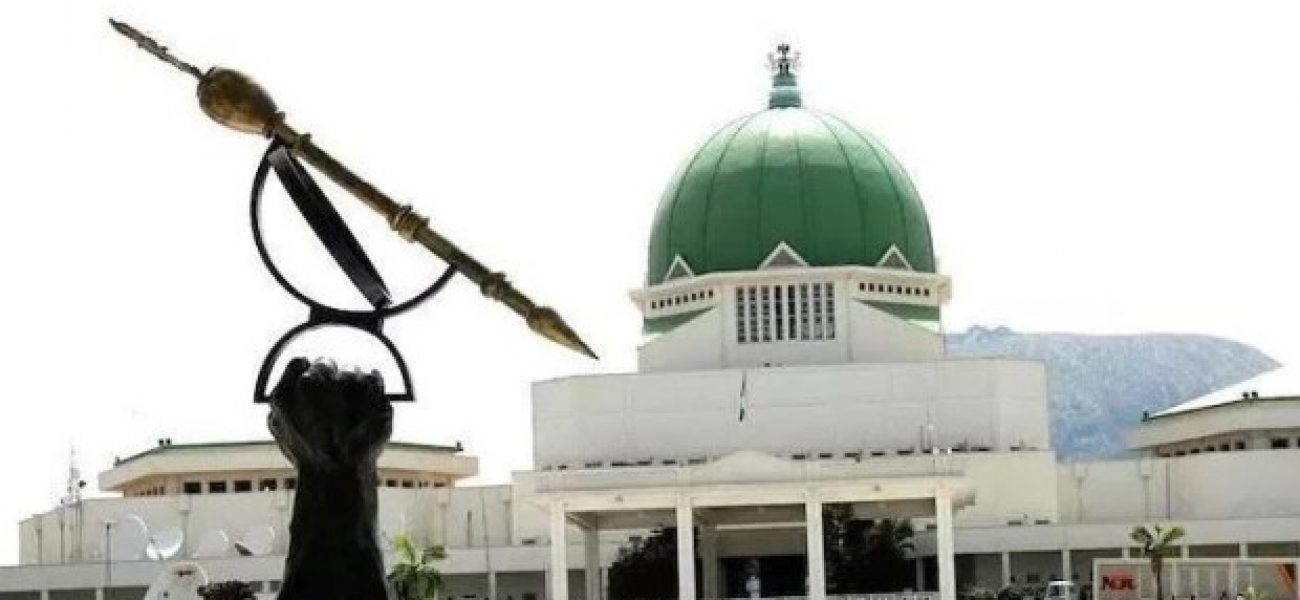It would appear that Nigeria’s National Assembly is increasingly sidestepping/ sidetracking the well-established process of passage of laws in the country. A few recent instances have shown the National Assembly pass laws as if it was in an emergency, with its three separate due processes short-circuited to achieve speed over its laid down procedure for passing bills. The most recent case was the passage of an executive bill sent in by the President for the establishment of a Federal University of Agriculture and Tropical Studies in Iragbiji, Osun State. The bill was presented for First Reading, passed Second and Third Reading in the same sitting in the Senate, on the same day.
On earlier occasions, the 10th National Assembly has also passed bills at lightning speed and without providing adequate opportunity for its bill process to be complied with. The consequence of these bills being passed in disregard of established bill process is the inadequacies that will later become manifest during the implementation of the law when assented to by the President. Examples abound of this. The 2024 Nigeria budget suffered the same fate of hasty passage. The document of over 2,000 pages was passed by the National Assembly without proper scrutiny or information two weeks after it was presented by the President. Members were later to complain that they did not see nor read, nor interrogate the national budget. This led to Senator Abdul Ningi accusing the National Assembly of padding the bill by about N3.7 trillion. Senator Ningi’s allegation was denied by the National Assembly leadership.
The National Anthem bill is another example of a bill that was swiftly passed by the National Assembly and without input from stakeholders.
The process of passage of bills is highlighted below:
- First Reading – the Clerk of the Senate/House usually does the reading of bills i.e. the Clerk reads the short title of the bill and then proceeds to ‘table’ it before the Speaker of the House of Representatives or the President of the Senate. There is no debate or discussion of the bill, as the stage is to simply inform legislators that a particular bill has been introduced for legislative consideration.
- Second Reading – This involves the sponsor of the bill presenting a lead debate on the bill, highlighting the subject matter, objectives, benefits, and general principles of the bill if it is eventually passed into law. Other legislators can express their support for or objection to the bill. After the bill is debated, it is put to a vote on whether it moves to Committee stage. If the bill has the support of the majority, it moves to the Committee stage; if it does not, it cannot be discussed again until it is reintroduced at a later stage. If the former is the case, the the bill is referred to the relevant Committee by the President of the Senate or the Speaker of the House.
- Committee Stage – The bill is scrutinised in detail by the Committee, which can also organise public hearings and invite stakeholders to garner input on the bill, as well as suggest amendments to the bill. After the Committee has concluded its work, it will report back to the Senate/House in plenary with or without amendments to the bill.
- Third Reading – After the report of the Committee, the bill is deliberated clause by clause by the Committee of the Whole House. Thereafter, a motion may be moved that the bill be read for the third time either immediately or at a later date.
Once the bill has passed the third reading stage, no amendment can be made to it. However, in certain circumstances if a legislator wishes to suggest an amendment, s/he must move a motion that the bill be ‘re-committed’ to the Committee stage for the purposes of including the amendment. After a bill has scaled the third reading stage and been passed, a clean printed copy of it, incorporating all amendments will be produced, signed by the Clerk of the chamber where it originated and endorsed by the President of the Senate or Speaker of the House of Representatives. The copy will then be forwarded to the Clerk of the Senate or House as the case may be, accompanied with a message requiring the concurrence of the receiving chamber. - Conference – Where there is any disagreement or there are different provisions between the two Chambers on a bill, a Conference Committee is constituted to harmonise their positions and reconcile the differences in an agreed copy. If both chambers adopt the report of the Joint Conference Committee on the bill, it is sent to the Clerk of the originating chamber, and a clean copy of the bill is sent to the Clerk of the National Assembly for enrolment and onward transmission to the President for assent.
- Presidential Assent & Veto – The President has thirty (30) days to sign a Bill sent to him/her by the National Assembly. A Bill does not become law until the President signs it. The President may veto the Bill if s/he disagrees with its provisions or some aspects of it, by withholding his/her signature. When this happens, the President can state the areas s/he wants amended before s/he signs the bill. The President is also empowered under the Constitution to veto the Bill. If the National Assembly does not agree with the veto, it is empowered to overrule the President’s veto
This process of lawmaking in the Nigerian National Assembly is quite similar to the models practised in presidential and parliamentary systems around the world, with key features such as multiple readings, committee scrutiny, public participation, bicameral review (where the legislature is bicameral) and executive endorsement. The various stages of bill passage cannot be jettisoned. By adhering to these processes, parliaments ensure that laws are carefully scrutinsed, debated and amended to serve the public interest. Each stage allows for a deeper and more detailed examination of a bill’s content, purpose and implications.
Each stage of the lawmaking process is important, particularly the Committee stage, which gives room for input by relevant stakeholders and for adjustments to clauses of a bill. Committees play a critical role in shaping bills to ensure they meet the needs of the public. However, under the current National Assembly, the Committee stage has been either significantly shortened or entirely bypassed in some cases. As a result, bills are passed without the necessary input from those who will be most affected by the laws, eroding trust in the legislative process.
Laws are complex, and even well-intentioned bills can have unintended consequences if not carefully examined. It goes without saying that the National Assembly needs to re-examine its approach to law making to avoid arbitrary passage of laws and to restore public confidence in the legislative process.

